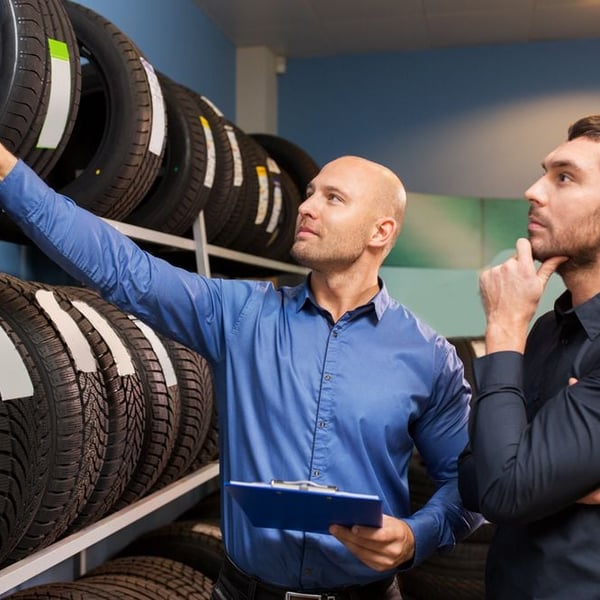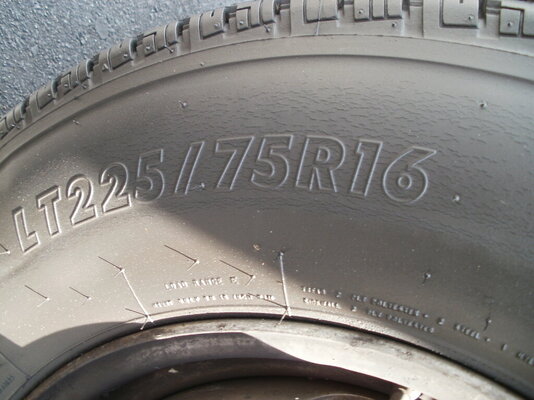Mountain high
Guest
Yes, I know how to read the tire codes.
What I was asking is how old should I expect a new tire to be and if a date code 1.5 years old is within reason for buying a new tire.
-Don- Borrego Springs, CA
Yes.
"brand-new tires may not always be accessible. In this case, as long as they are at most 18 months, purchasing a set of tires older than one year is a good idea."

How Old Should New Tires Be When You Buy Them? Understanding the Age Factor When Buying
Get the expert advice you need to ensure you get the most out of your new tires
 www.autopadre.com
www.autopadre.com

